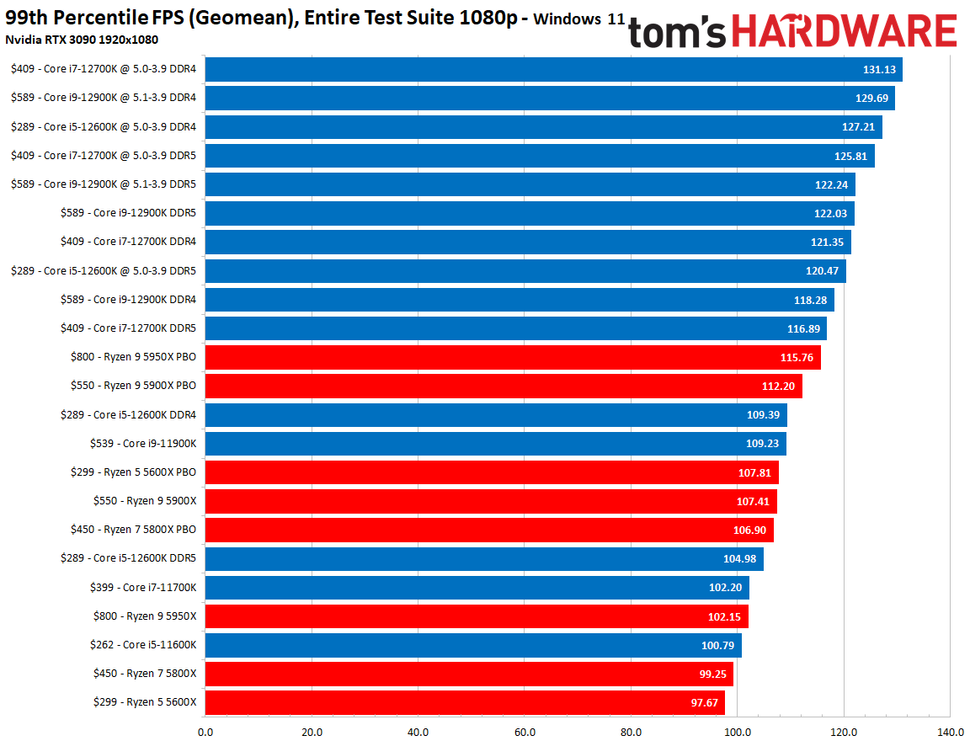Graphics Glory: Your Ultimate Guide to Choosing the Perfect GPU
Choosing the right graphics processing unit, or GPU, can feel overwhelming with the myriad of options available on the market today. Whether you are a casual gamer, a content creator, or someone looking to enhance their computing experience, the right GPU can significantly impact performance and visual quality. With so many models boasting impressive specifications, understanding what to look for and how to make effective GPU comparisons is essential to finding the perfect fit for your needs.
In this guide, we will break down the key factors to consider when selecting a GPU, including performance, compatibility, and budget. By the end, you will have a clear understanding of your requirements, enabling you to make an informed decision that maximizes your gaming or creative experience. Let's dive into the exciting world of graphics cards and help you navigate through the choices to land the ultimate GPU for your setup.
Understanding GPU Specifications
When selecting the right graphics processing unit, it is essential to comprehend the key specifications that define a GPU's performance. The two most important specifications to consider are the core clock speed and the number of CUDA or Stream cores. Higher clock speeds typically translate to better performance, while more cores allow for handling more tasks simultaneously. This combination plays a crucial role in rendering graphics smoothly during gaming or graphic-intensive applications.
Another essential specification is the amount and type of memory integrated into the GPU. Memory, often referred to as VRAM, influences how much data can be processed at once, which is particularly critical for high-resolution gaming or working with large files in creative applications. Generally, more VRAM is beneficial, especially for 4K gaming or tasks like 3D rendering. Additionally, the type of memory, such as GDDR6 compared to GDDR5, can significantly affect the overall speed and efficiency of data transfer.
Lastly, thermal design power, or TDP, is a critical specification that reflects how much heat a GPU generates under full load. A GPU with a higher TDP usually requires better cooling solutions, and it can also impact system power consumption. Understanding these specifications will help you evaluate and compare different models more effectively, ensuring you choose a GPU that meets your specific performance needs and system capabilities.
Top GPU Models Compared
When selecting a GPU, performance is often the primary concern. The latest offerings from NVIDIA and AMD dominate the market, with models like the NVIDIA GeForce RTX 4080 and the AMD Radeon RX 7900 XT. The RTX 4080 is known for its exceptional ray tracing capabilities and DLSS technology, providing smoother performance in the latest games. Meanwhile, the RX 7900 XT delivers incredible raw performance and is well-suited for high-resolution gaming at a competitive price point. Comparing the benchmarks of these two models reveals how they perform across various titles, catering to different gaming styles.
Cooling solutions and power consumption also play a significant role in your choice of GPU. The RTX 4080, while powerful, can consume considerable energy, requiring a robust power supply and effective cooling to maintain optimal performance. In contrast, the RX 7900 XT is designed to be more energy-efficient without sacrificing performance. These factors can influence not just your choice of GPU, but also the overall build of your PC, impacting other components and their compatibility.
Finally, it’s essential to consider the software ecosystem that accompanies these GPUs. NVIDIA's features such as NVIDIA Studio and Game Ready drivers enhance productivity and gaming experiences, making it attractive for creators and gamers alike. AMD's FidelityFX technology is also worth noting, as it complements their GPUs with robust support for various gaming titles. Evaluating the unique features and software support of each model can lead to a more informed decision based on your specific needs, whether you prioritize gaming, content creation, or both.
Choosing the Right GPU for Your Needs
When selecting the right GPU, it is essential to identify your specific use case. Are you a gamer looking for high frame rates in the latest titles, a designer requiring robust graphics for 3D rendering, or perhaps a casual user who just needs enhanced visuals for everyday tasks? Understanding your primary requirements will help narrow down your options significantly.
Another crucial factor to consider is the balance between performance and budget. High-end GPUs may offer exceptional performance, but they also come with a hefty price tag. It is important to evaluate how much performance you truly need against the costs involved. For example, if you are playing less demanding games or using applications that are not graphics-intensive, a mid-range GPU might be more than sufficient.
Lastly, keep an eye on compatibility with your existing hardware. Check your system's specifications to ensure your chosen GPU fits properly, both physically and in terms of power requirements. Also, consider gpuprices as Ray Tracing, DLSS, or other enhancements that could impact your experience. By taking these factors into account, you can make a well-informed decision that aligns with your needs and preferences.
